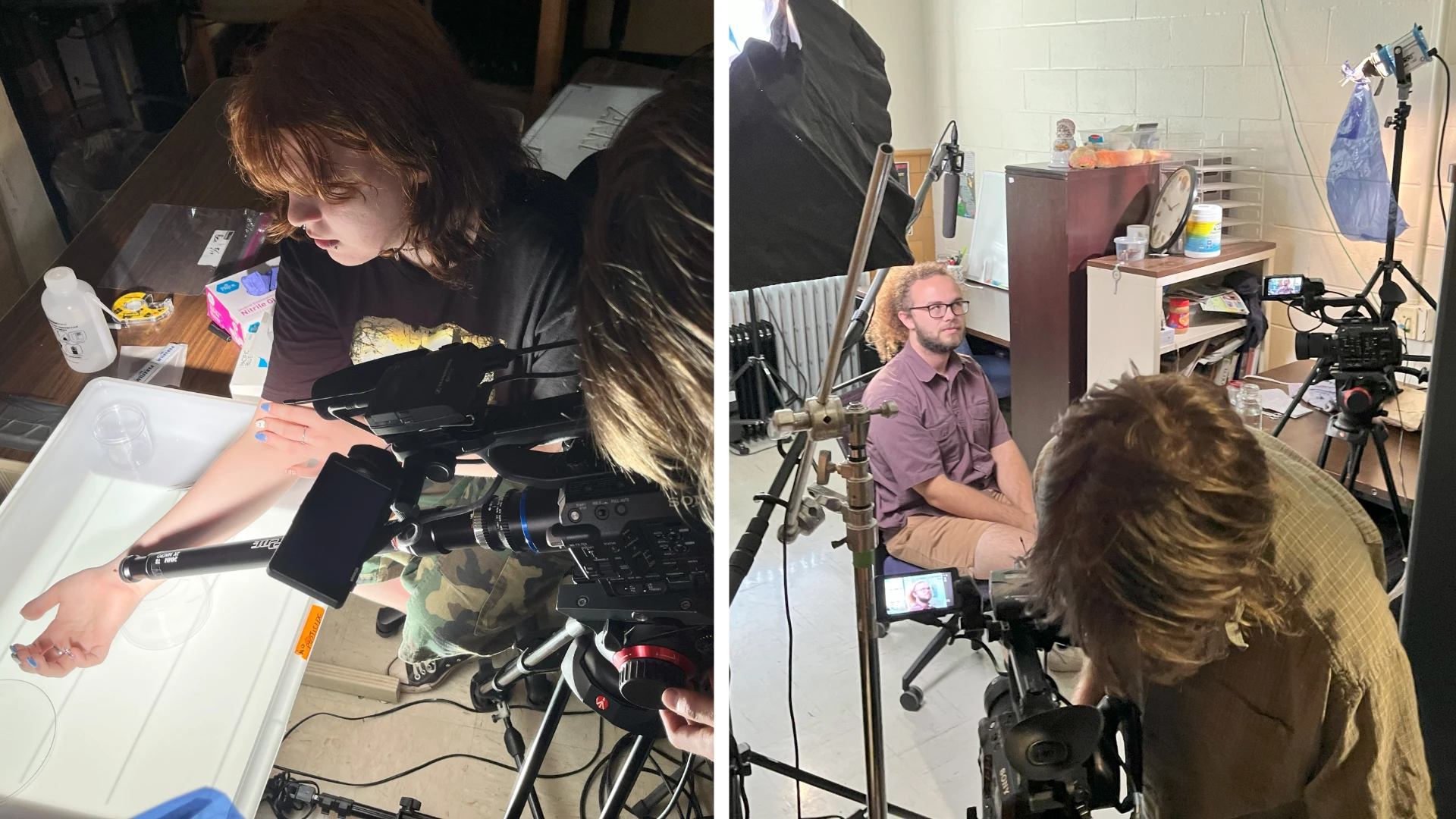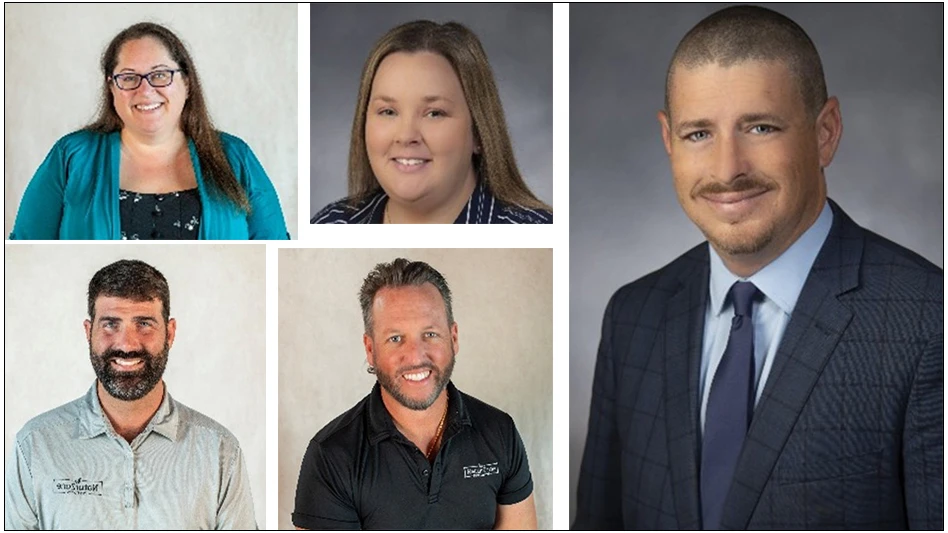In our industry, we are regularly reminded of the value of effective communication. But, in the field, how often do we think about our communication skills? In my 17 years in the pest management industry, working with large accounts with hundreds of contacts on many sites, I have developed a deep understanding of the importance of effective communication. In fact, it’s one of the most important components of Integrated Pest Management (IPM).
IPM, as defined by the U.S. Environmental Protection Agency, is the coordinated use of pest and environmental information with available pest control methods to prevent unacceptable levels of pest infestation by the most economical means and with the least possible hazard to people, property and the environment. This kind of “team” approach is what differentiates IPM from conventional control methods.
I don’t want to rehash common-sense matters like appearance or hygiene. Instead I want to focus on some of the less-used communication methods, which are key to successfully serving commercial accounts. Pest management professionals have plenty of examples of how we lost clients on price (or so we think). But, in many cases, a lapse in communication was actually why we lost the account.
Here are some tips we can all use. This stuff never gets old!
Listening.
Yes, this seems like common sense. But you must make sure the client truly feels heard and understood. This can help build a stronger, deeper connection between you and the client.
- Relieve negative emotions. When emotions are running high, if the speaker feels that he or she has been truly heard, it can help to calm them down, relieve negative feelings and allow for real understanding or problem solving to begin.
- Create an environment where everyone feels safe to express ideas, opinions and feelings, to plan and problem solve in creative ways.
- Save time by helping clarify information to avoid conflicts and misunderstandings.
- Focus on the speaker. If you’re daydreaming, checking text messages or doodling, you’re almost certain to miss nonverbal cues in the conversation. If you find it hard to concentrate on some speakers, try repeating their words over in your head — it’ll reinforce their message and will help you stay focused.
- Avoid interrupting or trying to redirect the conversation to your concerns. Listening is not the same as waiting for your turn to talk. You can’t concentrate on what someone is saying if you’re forming what you’re going to say next. Often, the speaker can read your facial expressions and will know your mind is elsewhere.
- Avoid seeming judgmental. In order to communicate effectively, you don’t have to like them or agree with their ideas, values or opinions. But you do need to set aside your judgment and withhold blame and criticism in order to fully understand a person. The most difficult communication, when successfully executed, can lead to the most unlikely and profound connection with someone.
- Show your interest in what’s being said. Eye contact, nodding, open posture and occasionally smiling at the person will create a more relaxed state, allowing for good dialogue.
- Look for humor. When appropriate, humor is a great way to relieve stress when communicating. When you or those around you start taking things too seriously, find a way to lighten the mood, if appropriate.
- Be willing to compromise. Sometimes, if you can both bend a little, you’ll be able to find a happy middle ground that reduces the stress levels for everyone concerned. If the person cares more about something than you do, give a little ground. Compromise may be easier, and is a good investment in the future of the relationship.
- Agree to disagree. If necessary, take a quick break from a tense situation. Taking a moment to regain your balance can quickly reduce stress.
Delivering the message.
Things tend to go awry when we haven’t communicated, but just went off to do whatever has been demanded — most of us have been on the receiving end of, “I don’t need the details on the pest, just fix it.” This is where some technicians fail. I know because I have acquired customers as a result of this kind of mishandling. Stick to what you know to be fact, and use references if needed.
So be persistent. No matter how often you may have to repeat the sanitation report, inspection information or insect biology factoid, it is our duty to give clients a high level of professionalism and accuracy. Once you begin to waver, that client may no longer trust you and may seek outside sources for confirmation.
Continue to show your clients pictures of the areas of concern and document everything, even with the ones who say they’re too busy. If you are politely persistent, clients will become more interested over time. Maybe they’ll even join you on a future inspection. In some cases, you will have clients that have absolutely no interest in your inspections initially. Stick to inviting them, politely, but persistently. By using this technique, I now have some clients that have started to walk with me when I do inspections, and our relationship is much stronger for it.
Expertise.
It’s OK not to know the answer to a question — but, this can certainly cause some problems.
Some of you may have experienced the customer question: “What kind of bug is this?” It’s perhaps been followed up by, “Oh, well, so-and-so said it was something else.” If you don’t truly know the answer to their question, please, please, PLEASE refrain from ad-libbing.
Several negative consequences can come from this. The customer may begin forming doubts about your expertise, and your company. They may think your firm doesn’t know what it’s doing. The customer could call someone else — and our market is inundated with other pest control companies ready to scoop up your customers.
Additionally, documentation is very important with any account. You do not have to be verbose — just make sure you mark down key elements on the account that may be hindering your inspections, and/or any results or concerns.
Pictures.
Taking pictures is more “in vogue” now than it used to be. In the early 2000s, I had a 2-megapixel camera that I kept with me for termite inspections. But in 2005, I had a client in a facility who claimed we were not taking care of a German roach problem. The documentation indicated that the issue was sanitation, but the people at the top did not read the documents. On my third visit, I inspected the area (in this case, a kitchen prep area) and took snapshots. There were boxes and mop heads on the floor, open containers, just generally a mess. Incorporating these pictures with the written documents led to a swift response — we retained the customer and have not had an issue since. And in staying on-theme here — make sure you ask permission to take pictures in advance.
Final thoughts.
Communication sounds simple, but it can be complex. It requires a concentrated effort on your part, and it must be done consistently and effectively. If just a few of the tips that I have shared help you in your daily work, it’s sure to pay off in customer retention and your own job satisfaction.
The author is an IPM commercial specialist with Copesan Partner Bug Busters in Decatur, Ga. He is also an Associate Certified Entomologist.
Copesan is an alliance of pest management companies with locations throughout North America. To learn more, visit www.copesan.com.

Explore the August 2013 Issue
Check out more from this issue and find your next story to read.
Latest from Pest Control Technology
- Andrea Hancock Named CEO of Mattress Safe
- Pest Pathogens & Bio-Sanitation: PMP Opportunities For Offering Healthier Living Spaces
- What Every PMP Needs to Know About Cockroach Legs
- Bird Flu: What PMPs Need to Know
- Orkin Ad Campaign Features Termite-Damaged Wood as Artwork
- Envu Announces Partnership with BioConsortia
- Understanding Green Pest Control vs. Organic Pest Control
- PNWPMC Boasts Industry Trainings, Technology Growth





